Bone Marrow Failure Market Sees Strong Growth Driven by Cell and Gene Therapy Advancements
Bone Marrow Failure Market Sees Strong Growth Driven by Cell and Gene Therapy Advancements
Overview of Bone Marrow Failure Market Performance
The bone marrow failure market has experienced significant growth, fueled by rising cases of conditions such as aplastic anemia and myelodysplastic syndromes. Technological advancements, especially in stem cell transplantation and gene therapy, are broadening treatment options and improving outcomes for patients. Increased awareness, enhanced diagnostic capabilities, and supportive governmental policies are also accelerating demand across major regions.
Current Market Landscape and Size
According to recent investment analysis, the bone marrow failure market in the US, EU4 (Germany, France, Italy, Spain), UK, and Japan is expected to demonstrate positive momentum through 2034. The United States commands the largest market share, with higher incidence rates of bone marrow failure observed in Asia, likely due to environmental factors. Key performance stocks in the sector include companies such as Elixirgen Therapeutics and Cellenkos, who are pioneering innovative treatments.
Driving Forces Behind Market Growth
Rising Prevalence of Bone Marrow Failure Disorders
The growing diagnosis rates, driven by aging populations and better recognition of inherited syndromes, are major factors fueling the market. Improved survival rates among cancer patients have also contributed to a larger pool of individuals needing treatment. Recent data show five-year survival rates for bone marrow failure varying by age, with higher rates among younger patients.
Breakthroughs in Therapies and Transplantation
Advancements in targeted treatments, such as gene therapies and hematopoietic stem cell transplantation, are transforming the standard of care. New agents targeting the molecular drivers of bone marrow failure are attracting investments and reshaping the market performance.
Increasing accessibility to stem cell transplants, through improved donor registries and better preparation protocols, is also expanding the eligible patient population. Innovative approaches like cord blood and haploidentical transplantation are making these curative methods available to more people than ever before.
Robust Research and Clinical Trials
There is a strong therapeutic pipeline, with multiple novel therapies in phases of clinical development. Key candidates include EXG34217 by Elixirgen Therapeutics and CK0801 by Cellenkos, both expected to enter the market within the forecast period. This surge in research is driving the comparison of investment companies within the sector.
Market Analysis: Approved and Experimental Treatments
Currently, there are two FDA-approved therapies for bone marrow failure:
- REVOLADE/PROMACTA (Novartis): A thrombopoietin receptor agonist for severe aplastic anemia. It increases blood cell production, and is now approved for use as a first-line therapy in combination with immunosuppressive agents.
- PIASKY (Chugai Pharmaceutical/Roche): A monoclonal antibody that treats paroxysmal nocturnal hemoglobinuria (PNH) by inhibiting complement protein C5, helping reduce hemolysis and disease symptoms.
Spotlight on Emerging Therapies
- EXG-34217 (Elixirgen Therapeutics): An autologous gene therapy aimed at telomere biology disorders, using genetically modified stem cells to restore healthy blood cell formation.
- CK0801 (Cellenkos): An off-the-shelf regulatory T-cell therapy derived from cord blood, targeting immune dysfunctions in marrow failure syndromes like aplastic anemia.
Both candidate therapies have received special regulatory designations, such as Orphan Drug and RMAT, boosting their prospects for approval and market impact.
Ongoing Industry Developments and Outlook
The industry is witnessing rapid innovation, with increasing numbers of clinical trials, improved understanding of inherited and acquired forms of the disease, and enhanced identification of at-risk populations. As emerging therapies proceed toward regulatory approval, investment risks and opportunities will shift, underscoring the need for careful investment analysis.
Epidemiological Trends and Market Forecast
Detailed market research continues to track historical and projected incidence, inherited subtype distributions, age-specific data, and underlying causes across leading markets. Analysts expect the bone marrow failure market to maintain strong growth as awareness, diagnostics, and therapeutic options evolve.
Conclusion
Fueled by medical innovation and investment in performance stocks, the bone marrow failure market is poised for significant advancement over the next decade. Companies prioritizing therapeutic breakthroughs and robust clinical pipelines are set to shape future standards of care while presenting new opportunities and risks for stakeholders evaluating comparison of investment companies.
--- This content is for informational purposes only and does not constitute financial advice.

